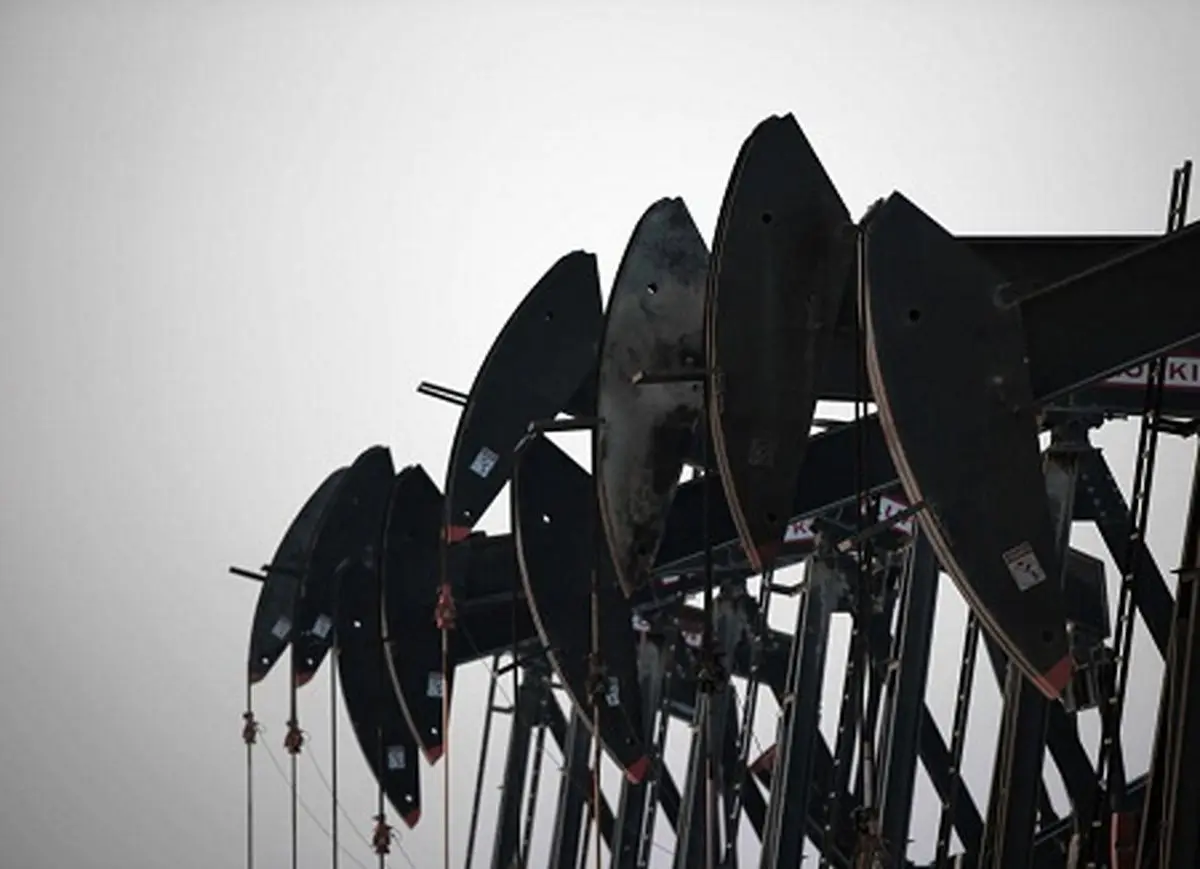Iran’s oil hits $57

South Korea, China, India, Japan, Italy, the Netherlands, Greece and France topped the list of Iran’s crude and condensate customers last month.
Iran's crude oil reached $57 a barrel in the week to Sept. 29, crossing a new price milestone in the year, as the export of crude and condensates surpassed 2.6 million barrels per day last month, government data show.
The country's light crude traded up $2.02 per barrel to reach $57 in the week, reflecting a persistent upward trend in global prices, the Oil Ministry said in a report. Iran Heavy, one of the country's main export grades, settled at $54.53 per barrel, gaining $1.49 over the week.
According to Shana, the Oil Ministry's news agency, Iran shipped 2.25 million bpd of crude oil to Asian and European destinations in September.
South Korea, China, India, Japan, Italy, the Netherlands, Greece and France topped the list of Iran's crude and condensate customers last month.
Close to 430,000 bpd of condensate, a type of ultra-light crude, were also delivered to Asian markets, half of which were purchased by South Korea, Iran's largest condensate customer.
In line with policies to complete the value-added chain in oil and gas industries, Tehran intends to cut down on the sales of condensates to international markets for the first time in the past 15 years to supply the much-needed feedstock to local refiners and petrochemical plants.
Based on the Sixth Economic Development Plan (2017-22), the country’s total production of gas condensates must be used in local industries to reduce the sale of raw materials.
The Persian Gulf Star Refinery in the city of Bandar Abbas in Hormozgan Province and Borzouyeh Petrochemical Company, the world’s largest aromatics production complex with a capacity of 4.5 million tons per year, are the biggest local consumers of gas condensates.
Each of the plants receives about 100,000 barrels per day of the fuel. With the completion of the refinery, this amount of feedstock, extracted from the South Pars Gas Field in Bushehr Province, is planned to reach 360,000 bpd.
Oil Minister Bijan Namdar Zanganeh has recently noted that Iran has two plans to curb the sale of raw materials: expanding the petrochemical industry and increasing the country’s refining capacity.
Zanganeh said gas condensates will be used in domestic refineries to produce gasoline, diesel, naphtha and liquefied gas.
The National Iranian Oil Company exported an average of 530,000 barrels of gas condensates daily between July 23 and August 22, mostly to South Korea.
Ali Kardor, NIOC’s managing director, recently said gas condensate output had reached 630,000 barrels per day.
Production
Iran's crude oil output in August almost remained unchanged from July, data by OPEC show, as production cuts by most members of the Organization of Petroleum Exporting Countries outweighed additional supplies, particularly those of Nigeria.
The No. 3 OPEC producer pumped 3.82 million barrels per day in August, down 2,300 bpd compared to the previous month, OPEC said in its latest monthly report, citing secondary sources.
That is above the 3.8-million-bpd level Iran has pledged to produce by the end of March 2018, when a pact between OPEC and non-OPEC countries on removing 1.8 million bpd from the market expires. But data show that in the first eight months of the year, Iran's production averaged 3.79 million barrels daily.
According to secondary sources, total OPEC production averaged 32.76 million barrels per day in August, a decrease of 79,000 barrels over the previous month.
END
